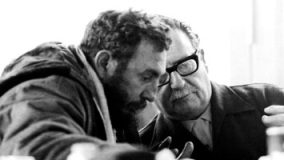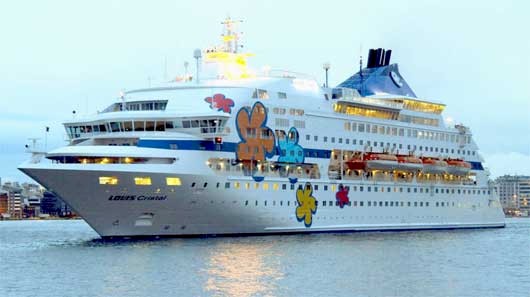The third village founded by the Spaniards, who named it Santísima Trinidad (the Holy Trinity), is a sort of museum city. Its colonial environment makes it one of the best preserved cities in the Americas. Its inclusion in the list of World Heritages in 1988 proves that.
Its greatest landmark is, undoubtedly, the Plaza Mayor, which is like the Greek agora of the Trinitarians. Hundreds of years after its construction, the Plaza remains there attracting the attention of all strangers coming to the city.
And since Trinidad is the capital of the museums in Cuba, there’s a network of museums surrounding this mystical place: the Romantic Museum, the History Museum, and the Museum of Colonial Architecture, which keeps valuable pieces and documents from the 1700-1900 period.
For that reason, knowing the city is like travelling in time to an encounter with our roots, with Cuban history.
Close to the Plaza Mayor rises the magnificent bell tower built by the people of Trinidad in 1731, later turned into a college from 1930 to 1983, and finally named by local authorities as the National Museum on the Struggle against Bandits, a milestone in Cuban history.
The struggle against bandits is the name given to the actions carried out by the Revolution to counter some counterrevolutionary groups spreading violence and terror. They were composed by people opposed to the Rebel Army, former members of Batista’s police forces and landowners resentful of the recently proclaimed Law of Agrarian Reform, encouraged by Washington to show their discontent with the new government through violent actions. Some 49 bands operated throughout the country during the first year of the Revolution. At the beginning, they would only set fire to sugar cane plantations and scare the population; but soon their actions became more violent leaving a bloody trail in the Cuban mountains.
All these histories are told through images in the rooms of the National Museum on the Struggle against Bandits. There on display, for example, is the giant poster with the image of Conrado Benítez, and his shoe-shine box. The young mulatto, with his piercing eyes and frowning face, was shot to death by the bandits while he was teaching others to write and read.
Among the faces visitor will find is this museum is Alberto Delgado. For many years Alberto went undercover as a bandit. He lived among them and plotted against them from the inside. When he was discovered he was cruelly tortured to death, and his body was hung from a tree using barbed wire.
However; not all the stories in this museum are equally heart-breaking. There is the one on Pueblo Viejo, which is not as sad as the previous ones despite disaster and fear taking over the village for several hours. In this case, a woman defended herself and her family by opening fire against the bandits while holding her youngest kid in one of her arms while another of her children served as the sentinel of the village, makes the visitor feel full of satisfaction amidst all the pain.
The involvement of the government of the United States in this struggle, to which it supplied goods and intelligence services to the counterrevolution in Cuba is proven through the ample collection of weapons seized from the bandits. Other objects include a pirate boat like the ones used to prowl around the Cuban ports and the remains of a plane used to spy on Cuba.
The body of the pilot of that plane remained twelve years in a Cuban morgue waiting for either his family or the government of his country to claim it. But all the politicians cared about was their credit.
The museum’s location in Trinidad is not a coincidence. The mountains around the city of Trinidad were the stage of operations of a number of counterrevolutionary bands. The characteristic of the relief of the zone and its strategic position – it has access to different cities of the country and is close to the sea and to an airport- were enough reasons for the dictator of the Dominican Republic Rafael Trujillo to plan an invasion through that city – which never materialized- in 1960.
A year later, the US troops disembarked in Cuba to end the Revolution. Instead of Trinidad, as was originally planned, they decided to change the point of entrance to the Bay of Pigs, in Matanzas.
The war against bandits ended in 1965 when the 141 bands operating in the country were either eliminated or disbanded. The history in the museum runs up to that moment. Nonetheless; it also treasures some valuable objects from the independence war that led to the triumph of the Revolution in 1959 such as the hammock where Commander Che Guevara slept during the East-West invasion and the shirt worn by Commander Camilo Cienfuegos during the fights in the mountains.
If a picture is enough to know why Trinidad is a symbol of the colonial Cuba, this museum is worth visiting to know first-hand a part of the history of the Revolution that has been barely treated by the specialized literature.
Translated by ESTI




